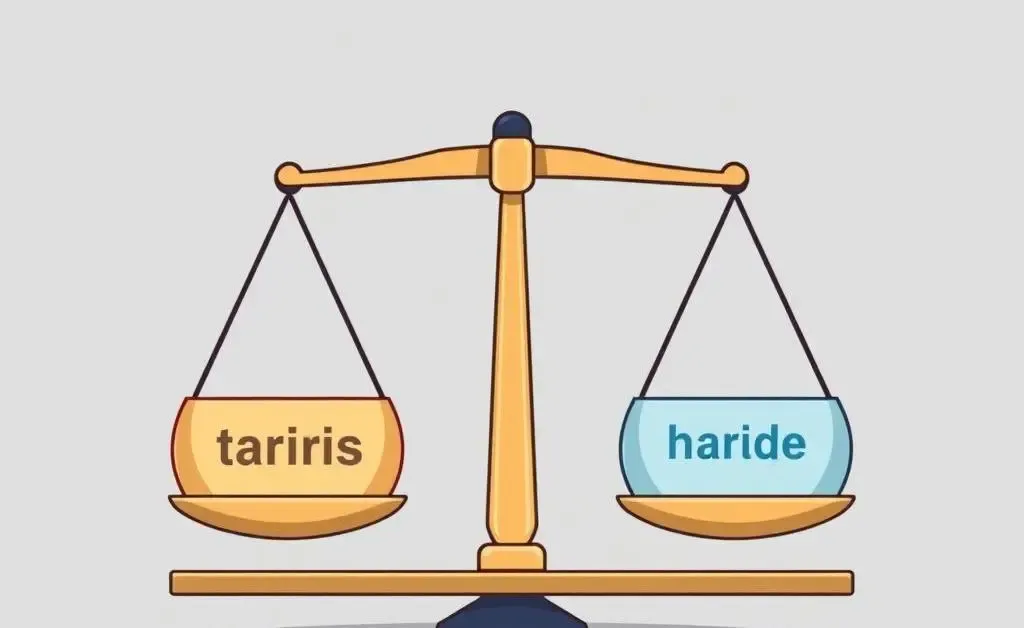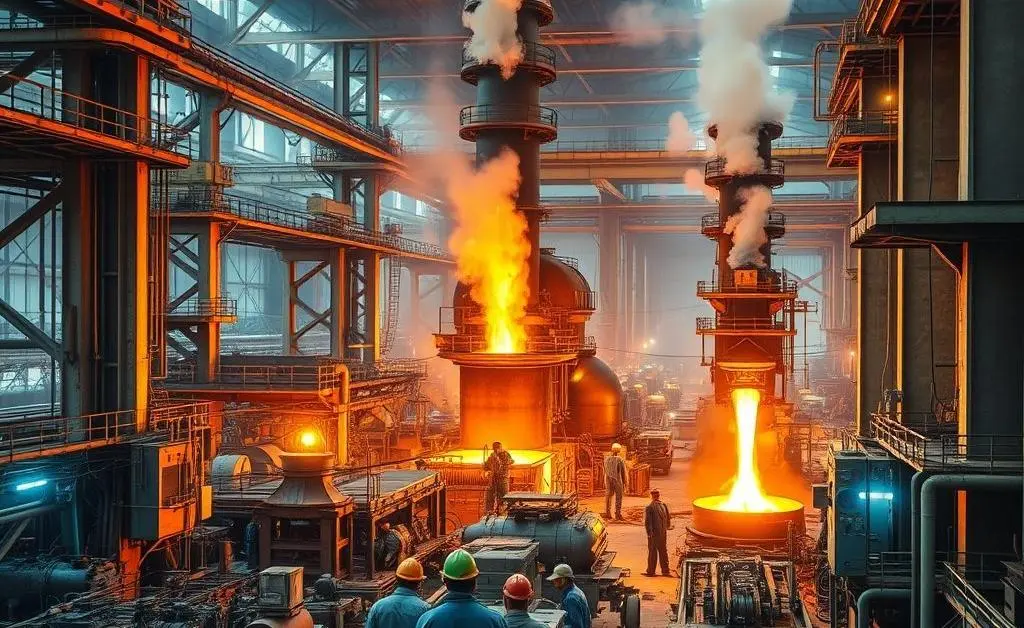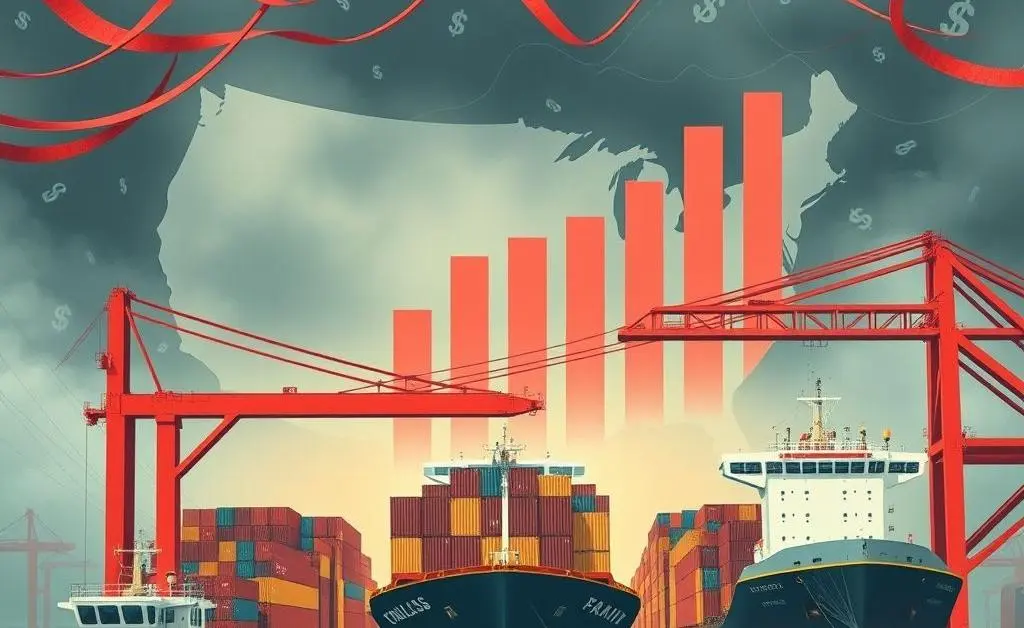Navigating Trade Tensions: Understanding the India-US Tariff Spat
Explore the nuances of the India-US tariff conflict over steel and aluminum.

Have you ever wondered how trade tensions between countries affect your everyday life? Recently, there’s been quite a buzz around the tariffs imposed by the US on imports of steel and aluminum products, and how India is planning to respond. Let's take a closer look at what this means for the global market and, potentially, your wallet.
What Are Tariffs and Why Do They Matter?
In simple terms, tariffs are taxes imposed on imported goods. The idea is to make imported goods more expensive, thus encouraging consumers to buy domestically produced products. It sounds straightforward, right? But tariffs have a ripple effect on international trade relations.

The India-US Steel Tariff Tension
In this particular case, the US imposed tariffs on steel and aluminum from various countries citing concerns about unfair trade practices. India, as a significant exporter of these products, plans to implement its own set of tariffs in response. According to reports, these retaliatory tariffs could include a variety of American goods, challenging importers in both countries.

Who Gets Affected by These Tariffs?
Well, the ripple effect of tariffs can touch several sectors:
- Consumers: Prices for certain goods might go up due to increased costs of imported materials.
- Manufacturers: Those reliant on imported raw materials may face higher production costs.
- Exporters: Countries like India could see a decline in exports of affected goods like steel, impacting their economy.
Strategies for Navigating the Tariff Landscape
Initially, it might seem that these international trade issues are far removed from us, but the impact often trickles down to our lives. Businesses and consumers need to stay informed and adapt by:
- Exploring alternative suppliers to avoid tariff-laden imports.
- Monitoring policy changes regularly to anticipate market shifts.
- Investing in local markets could mitigate some risks posed by global trade tensions.

The Big Picture
Trade policies and tariffs are undoubtedly complex issues. However, they emphasize the intertwined nature of global economies. By understanding the basics and staying informed about ongoing trade disputes like that between India and the US, you can better appreciate the delicate balance of global trade. What’s your take on tariffs? Do you think they help or hinder economic growth?




